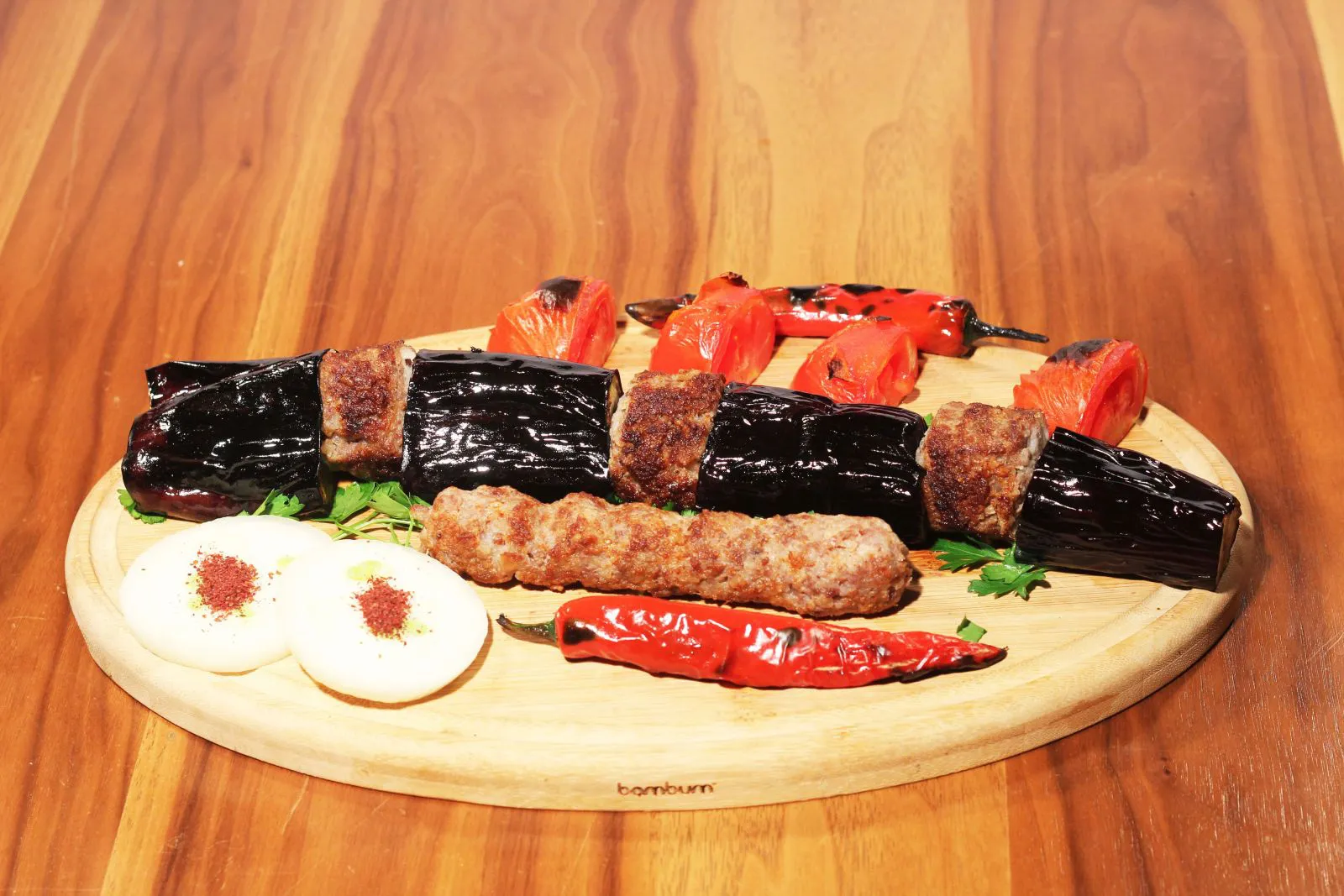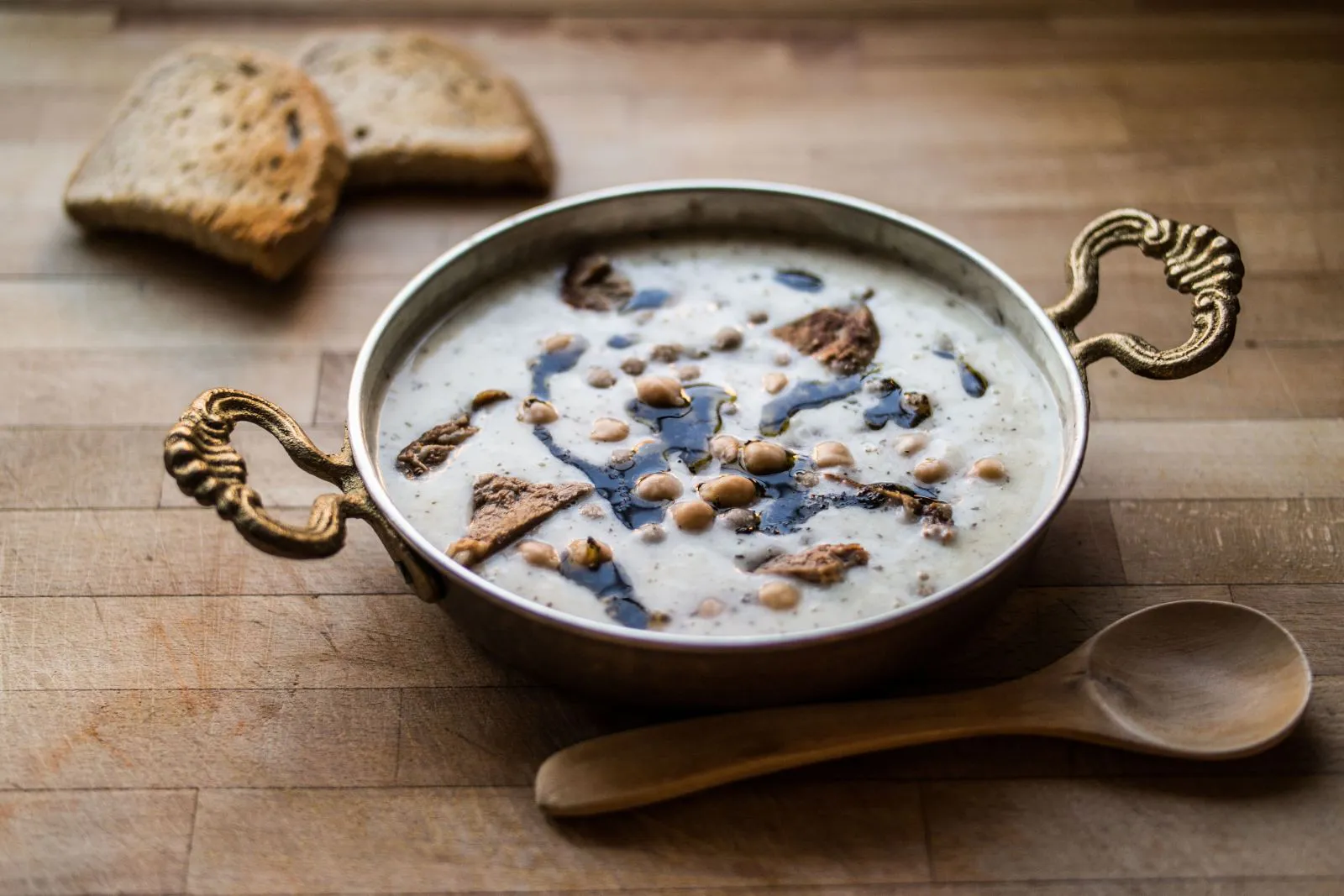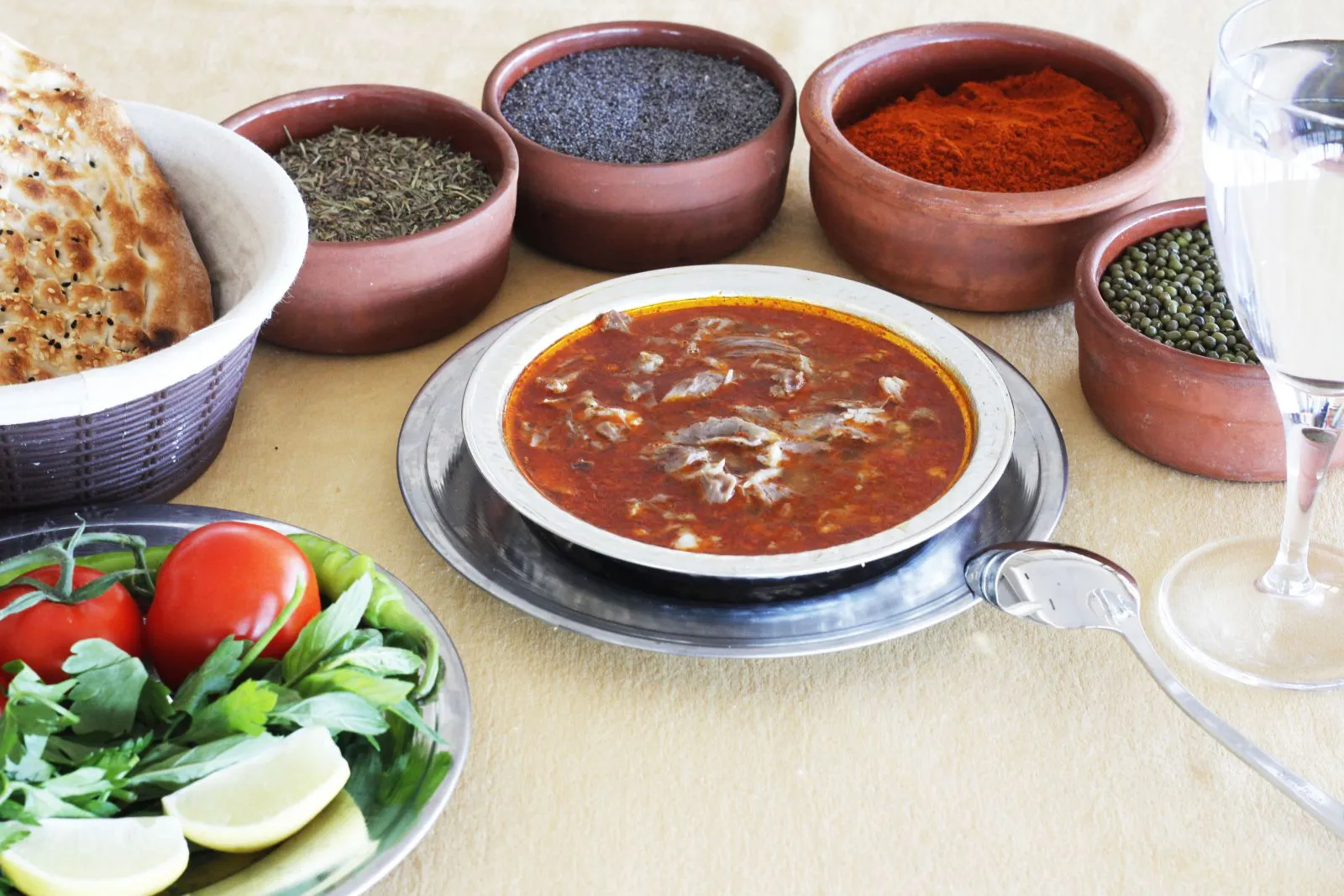Night View of the City...


As a geographical location, Gaziantep province is located at the junction of the Mediterranean and Southeastern Anatolia Regions, which is between Mesopotamia and the Mediterranean, where the first civilizations in this region were born and developed, and being at the junction of the roads coming from the south and the Mediterranean to the east, north and west, the history of the city is very colorful. Since prehistoric times, it has been a settlement area and a frequented place for human societies. Especially being on the historical Silk Road has increased the importance of Gaziantep and ensured its continuity.
Gaziantep, a border province adjacent to Syria, is mostly located in the western part of the Southeastern Anatolia Region and a part of it is located in the east of the Mediterranean region. Gaziantep; Birecik and Halfeti of Şanlıurfa to the east; It is surrounded by Besni of Adıyaman from the northeast, Pazarcık of Kahramanmaraş to the north, Bahçe of Osmaniye to the west, Hassa of Hatay to the southwest, and Kilis to the south.
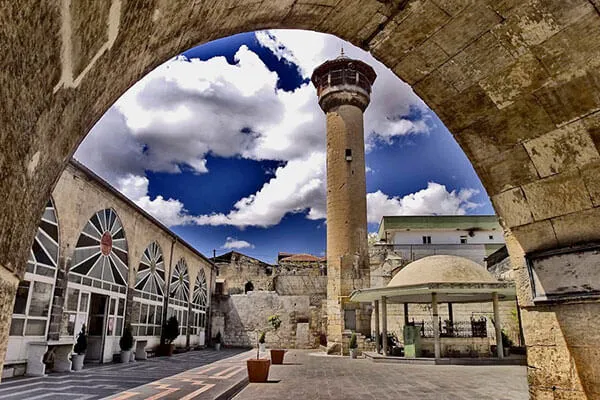
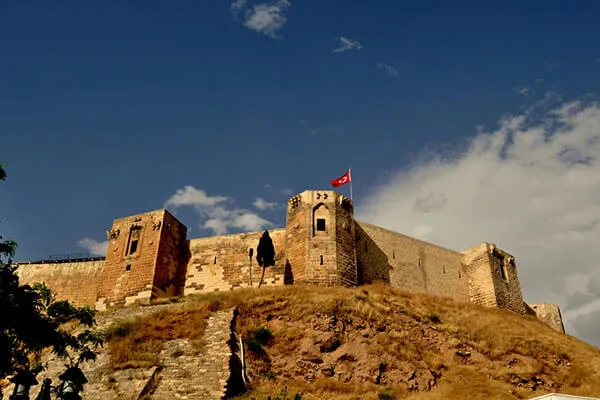

AYINTAP
It is said that Gaziantep got its old name, AYINTAP, because of the beauty and abundance of its water. Because, “of the month”; It means spring, spring, eye of water. Hence “tab”; It means beautiful spring and beautiful spring. Despite giving 6,317 martyrs against the French forces, he was appointed to the T.B.M.M. He became "Gaziayintab" as he was deemed worthy of the title of "veteran" by In 1928, the name of the city was changed to GAZİANTEP.
PLACES TO SEE IN GAZIANTEP
Archeology Museum (2nd largest mosaic museum in the world)
Hasan Süzer Ethnography Museum
Medusa Glass Works Museum
Emine Gogus Culinary Museum
Belkıs-Zeugma Ruins - Nizip / Belkıs
Yesemek Open Air Museum and Sculpture Workshop - İslahiye / Yesemek
Tilmen Mound Ruins - İslahiye / Tilmen
Dülük Ruins - Martyr Kamil / Dülük
Carchemish Ruins
Gaziantep Castle
Rumkale
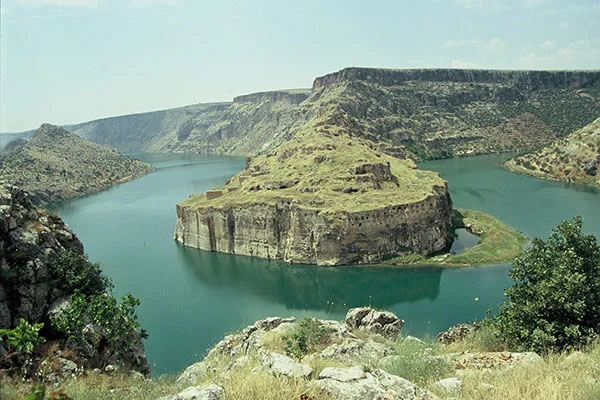
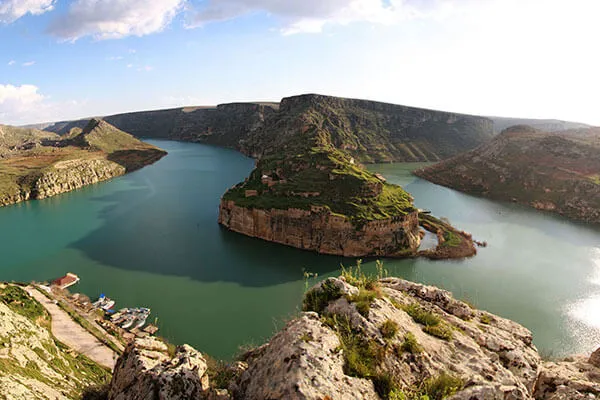
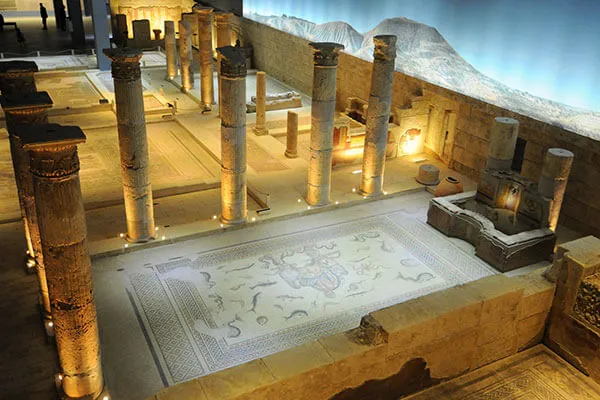
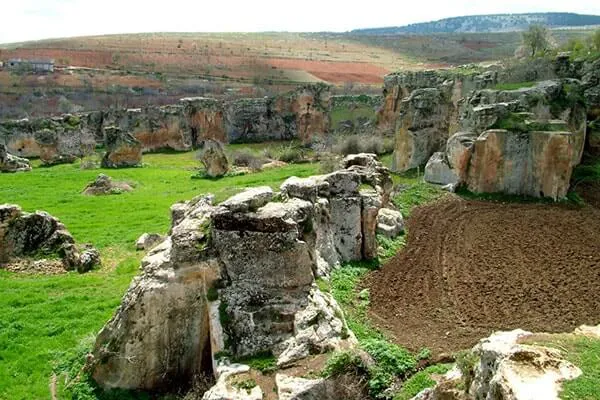
Mosques, Tombs, Churches :
In 1860, the French Missionaries and III. The Kendirli Church, built with the help of Napoleon, is worth seeing. Located in the center of St. Mary's Church, with its current name as Kurtuluş Mosque, was built between 1873 and 1892 by stonemason Sarkis Taşcıyan, according to Sarkis Balyan's design. St. Pedros Church, which was discovered by chance during the road work in Gaziantep, was built in 1723, today it has been converted into a museum under the name of Ömer Ersoy Cultural Center. The tombs of His Holiness Ökkeşiye, the Prophet Yuşa and His Holiness Pirsefa, located in the province, are tourist attraction centers worth seeing.
WHAT TO BUY?
Copper embroideries, mother-of-pearl inlaid items, gold and silver jewellery, traditional shoes made of red or black leather, called Yemeni, and the sole is sewn from leather, heelless and very healthy, handicrafts made with white, yellow and cream colored threads by wrapping and pulling on a white fabric Gaziantep They are original souvenirs that can be bought from . Gaziantep baklava, pistachio, sweet sausage and fruit pulp, red pepper and spices are recommended to be purchased in Gaziantep.
}
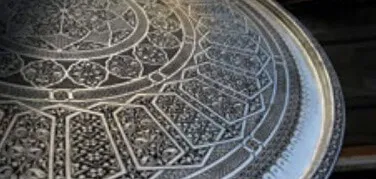
WHAT TO EAT ?
Gaziantep cuisine has a privileged place among our country and world cuisines with the richness of its traditions and local taste for years. Stuffed meatballs, raw meatballs, sour small meatballs, malhıtalı (lentil) meatballs, yogurt-cooked small meatballs are the original meat dishes made in the province. In the province, which is famous for its kebabs, you should taste cubed kebab (tike kebab), minced meat kebab, eggplant kebab, onion kebab, simit kebab and liver kebab. Rounding, lahmacun, mixed stuffing, maş soup, Beyran şiveydiz, stuffed leaves, casserole squash, bork vaccine, chopping, stuffed ribs, alinazik, potatoes with yogurt, künefe, burma kadayif, baklava and pistachio paste are other well-known local dishes.
